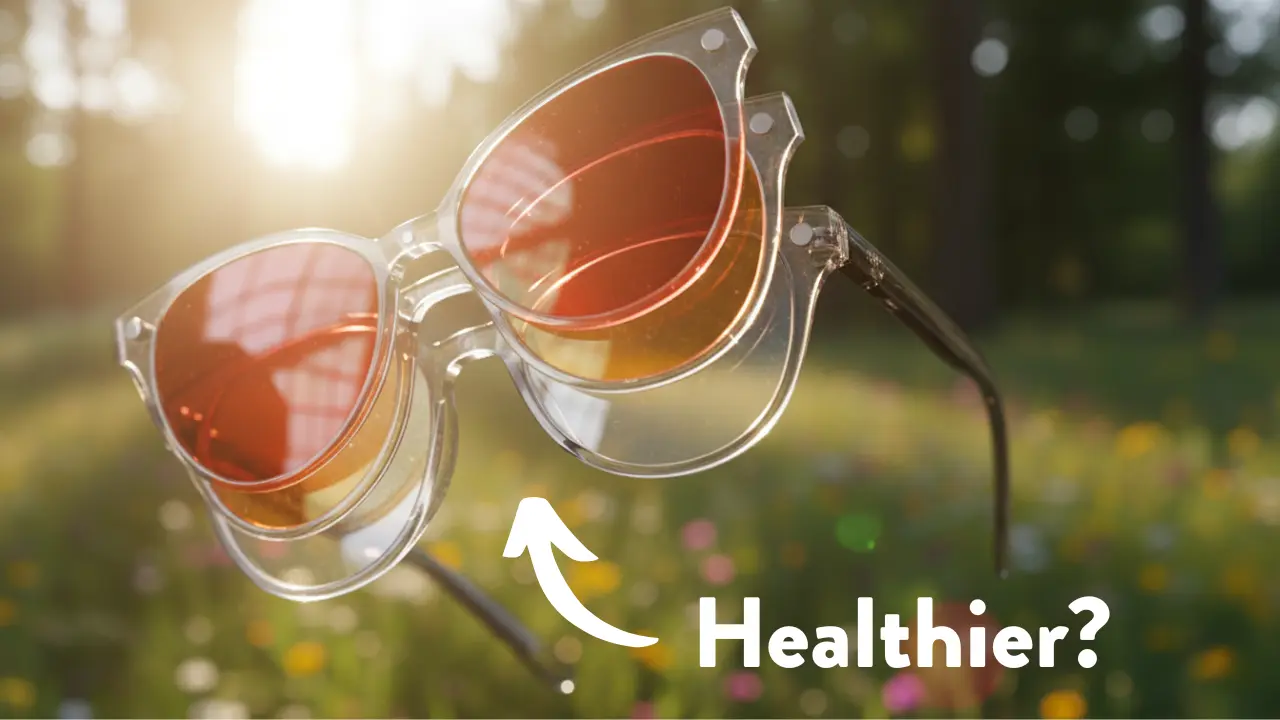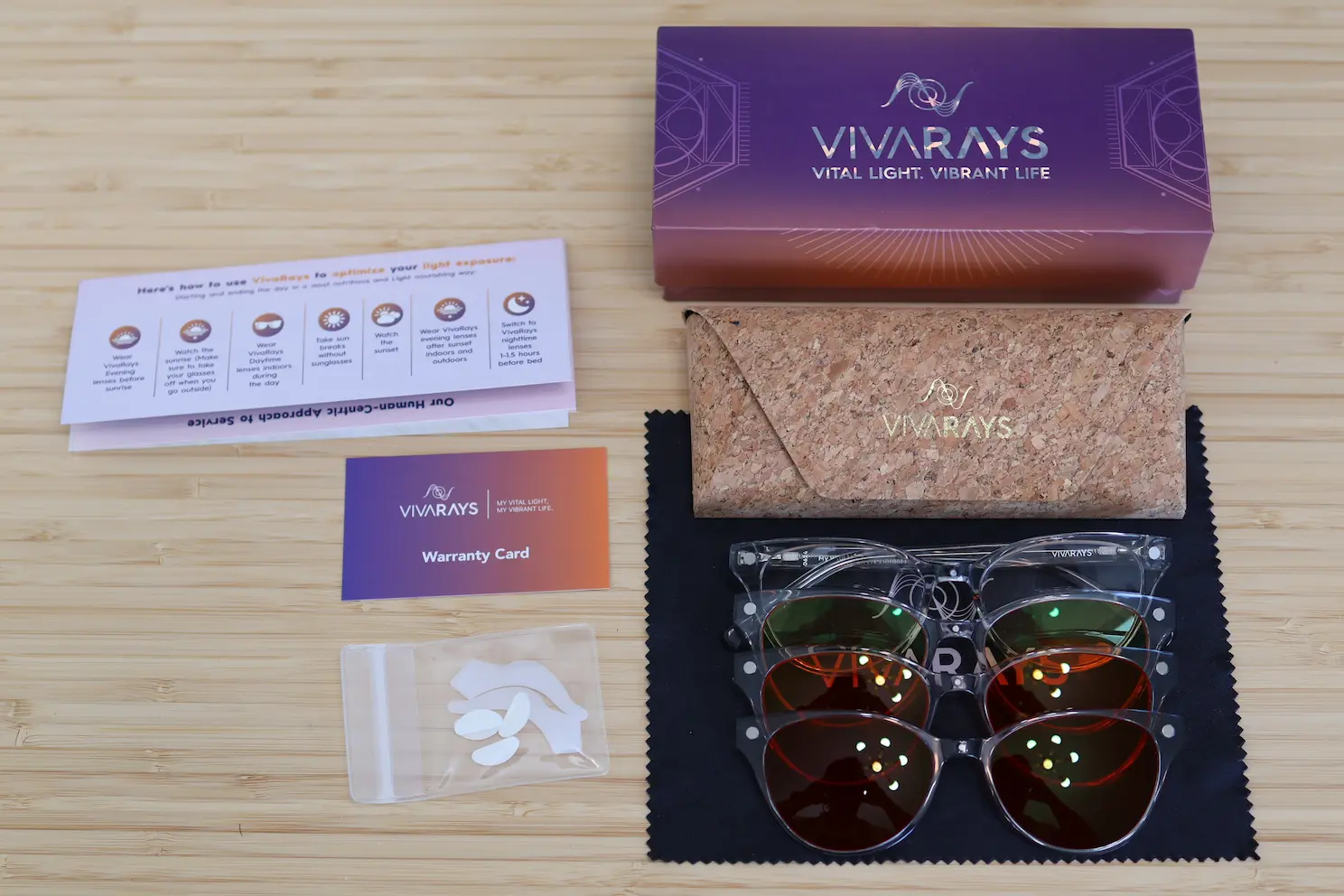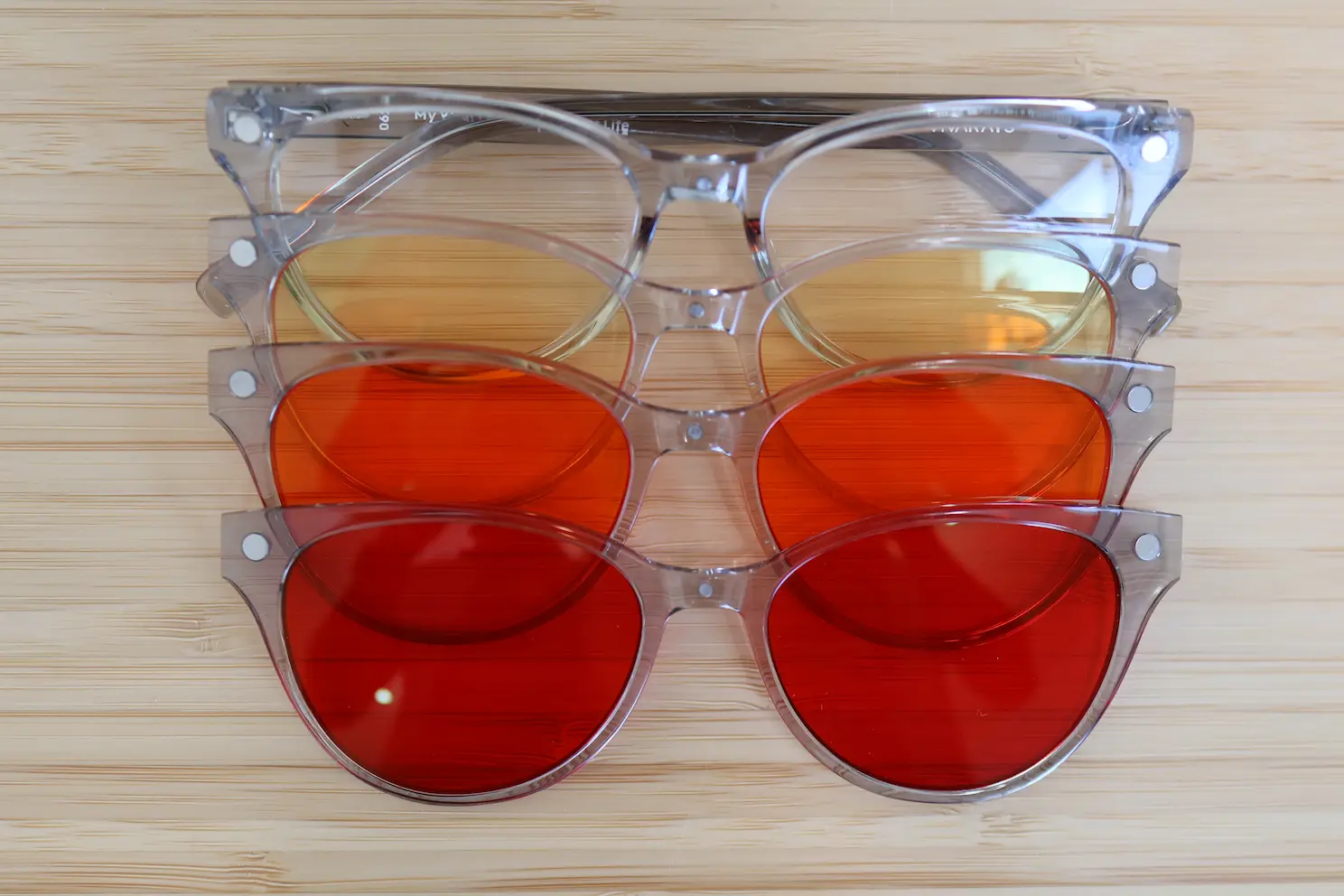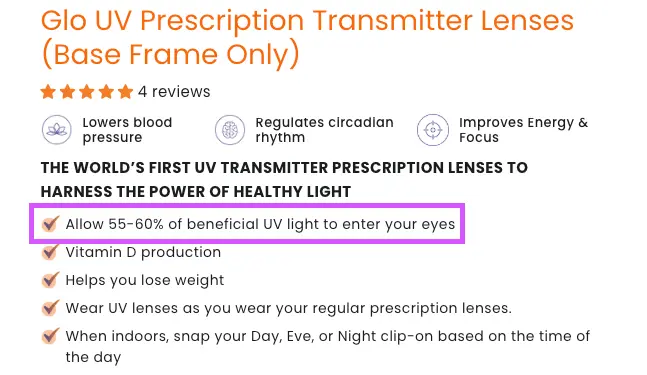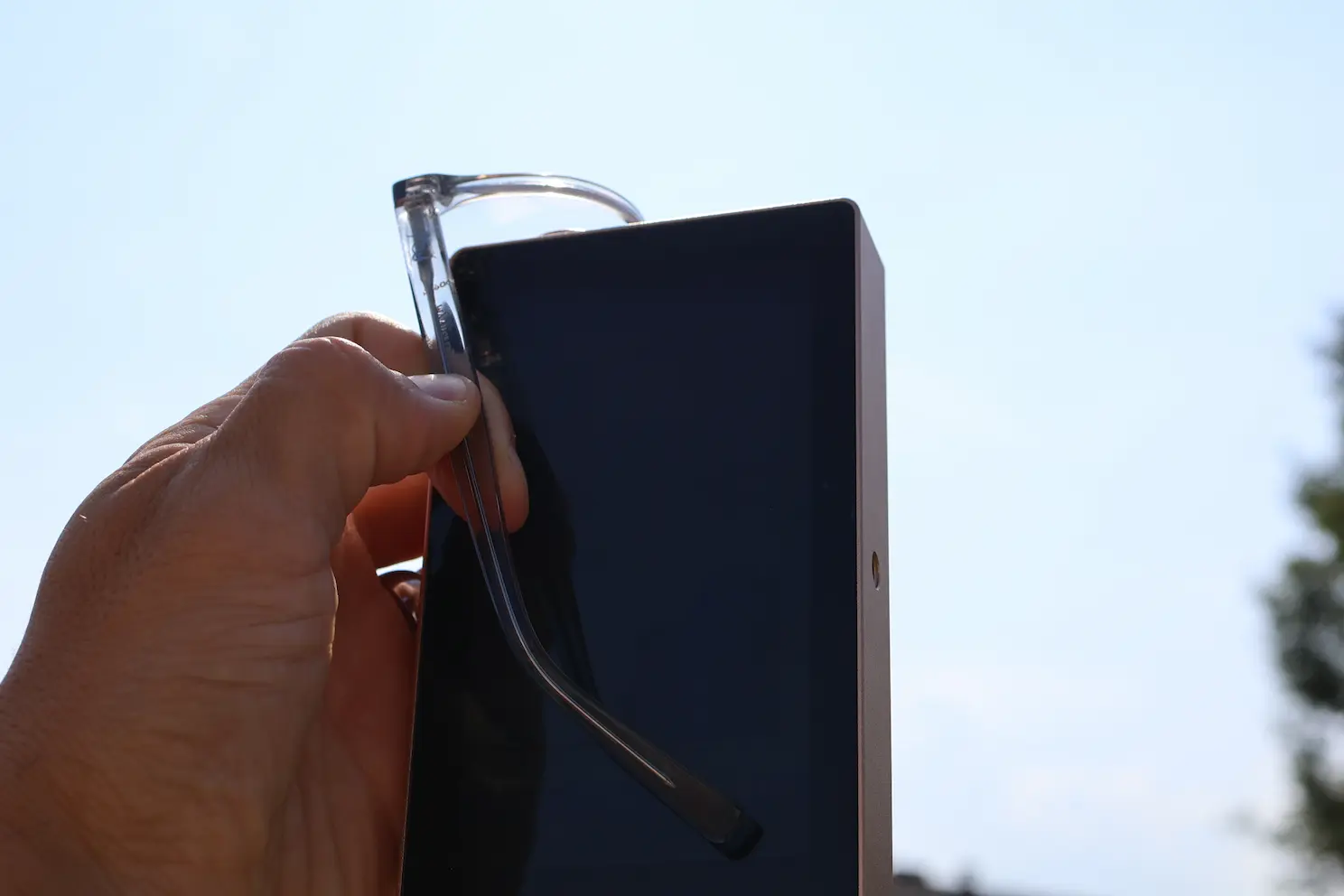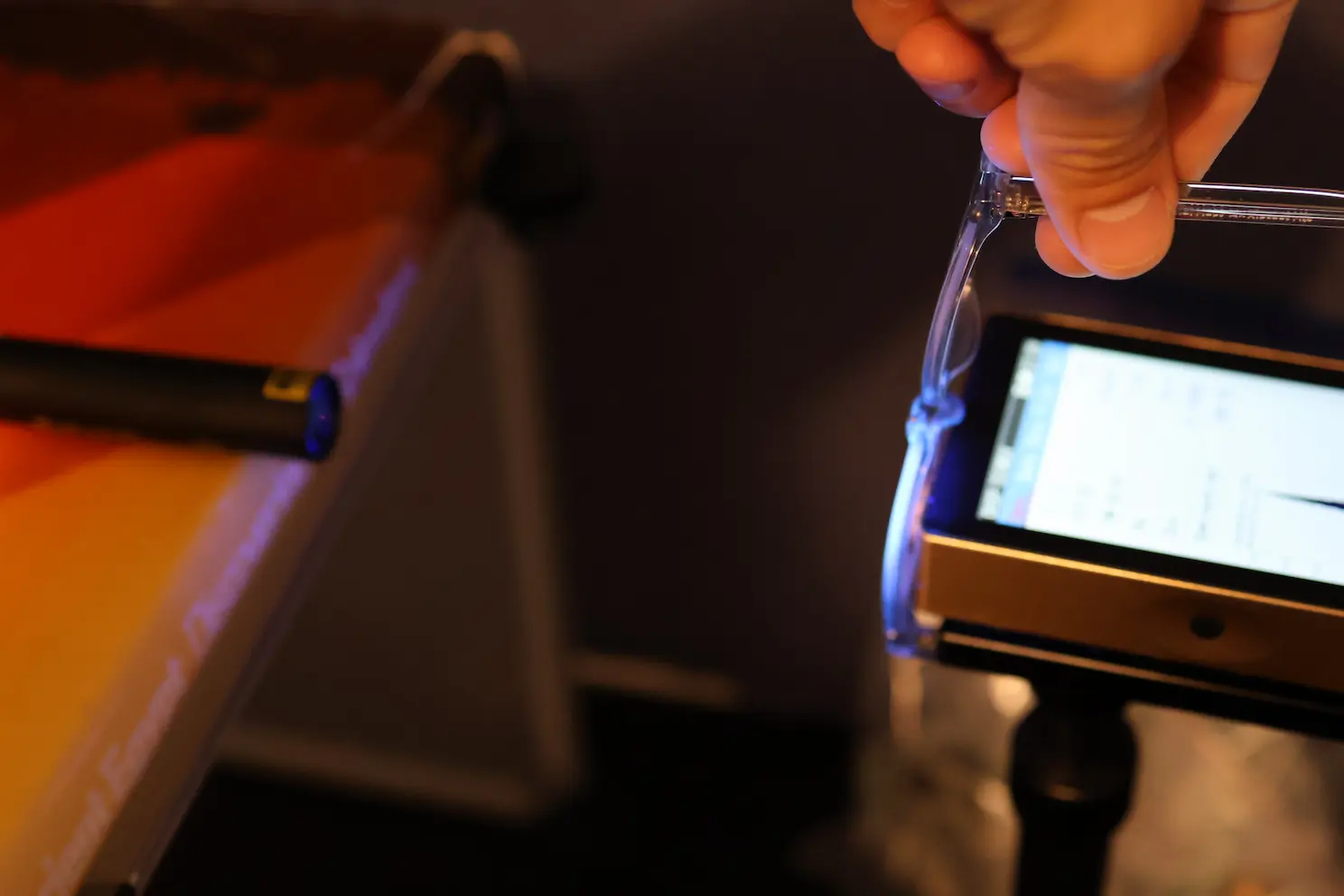I ran across VivaRays, which sells “UV-transmitting” prescription glasses, as well as their blue blocker products.
Very interesting! However, since there is no real data or measurements on the website about the type of light allowed through, I purchased some for myself to test.
Let’s take a look at the results!
The Overview
VivaRays offer a solid range of magnetic blue blockers, and their lenses performed well in our tests. While their UVA claims are overstated, they do transmit more UVA than standard lenses.
If you wear prescription glasses and want a UVA-friendly option with attachable blue blockers, these are the top pick.
Use code OYB10 for 10% off!
The 4-in-1 VivaRays
VivaRays sells individual blue blockers, as well as 2-in-1, 3-in-1, and 4-in-1 options, which include clear UV lenses. They also sell individual prescription clear UV transmitting lenses if you’re not interested in the blue blockers. So many options here!
I bought the 4-in-1 so I could test everything. Here’s a closer look at the glasses:
Blue Blocking
Testing the blue blocking abilities of these lenses, they look great! Precisely what I would want out of these colors.
Testing the UV Transmitting Lenses
I like the idea of this, as I’m a believer that natural sunlight is beneficial, especially the near UVA portion, which we know activates OPN5, also known as neuropsin, and helps regulate the circadian system.
VivaRays claims that their UV lenses “Allow 55-60% of beneficial UV light to enter your eyes”,
But what does this even mean? Over what wavelengths? UVA? UVB? We have no idea, so we must test.
Sunlight Test
Well, let’s just use Sunlight? And we’ll compare them to a pair of standard clear lens prescription glasses I had lying around to see what the difference is.
Here’s a graph showing how much UVA gets through the normal pair of glasses:
Not bad! These lenses allow approximately 27% of UVA light to pass through, ranging from 315 to 400 nm. How about VivaRays?
As you can see there’s not as big of a difference as I expected to see. VivaRays let’s through about 31%, so roughly 4% more than the lenses I just tested… Hmmmm.
“Allow 55-60% of beneficial UV light to enter your eyes” Still not quite sure what they mean by this.
It’s an improvement for sure, but not nearly as drastic as they seem to claim.
370nm LED Test
To get a little more granular, I tested a narrowband 370nm UVA LED flashlight through both lenses.
Here’s how they compare again:
Here we see the normal lenses letting through about 9.5% of the light, while VivaRays are allowing 19.4%, not bad! But again, this is pretty near UVA light. I’d like to see much more pass-through than this for a UV-transmissive lens.
Conclusion
VivaRays are worth a look if you’re on the hunt for a pair of magnetic combination blue blockers as they have a wide selection of these and the lenses prove to be useful in our testing.
As for the UV transmissive lens claims, they seem somewhat exaggerated. While they do let through more UVA than standard lenses in our testing, it wasn’t nearly to the degree they claim and I was a bit disappointed by that.
However, if you wear corrective lenses and want a pair that lets more healthy UVA through and maybe you even want some blue blockers that work with them? These are easily the best choice.

